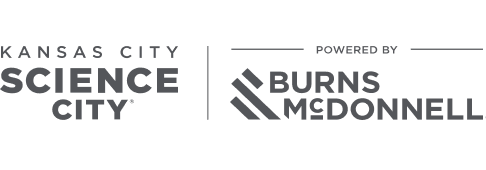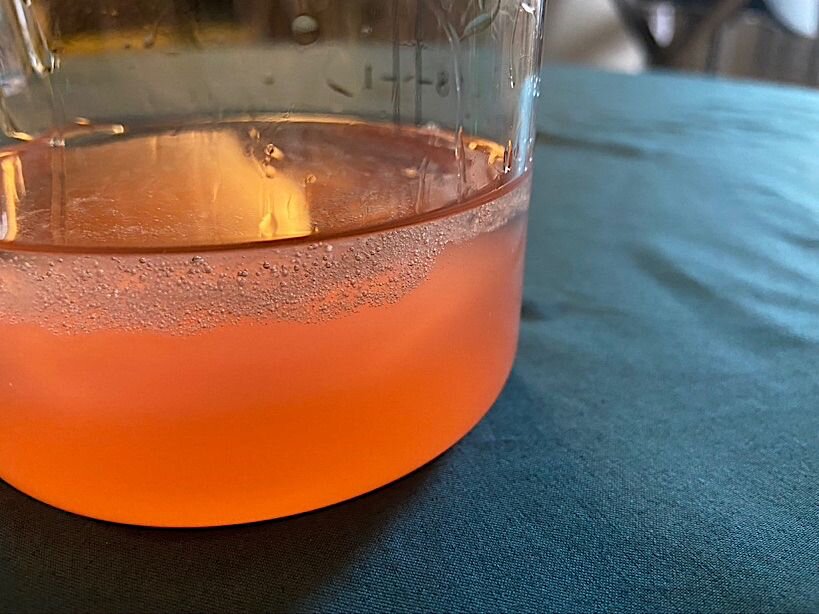DNA (Deoxyribonucleic Acid) is the code that has all the information to create proteins that are vital for a cell, which is vital for life. It forms a double helix shape that allows for it to be wound over special proteins, called histones, to compact it within cells. In humans, if the DNA from one cell was stretched out, it would be 2 meters (6 ft.) long! However, it would be so thin we could not see it. When it is wound, we can see it much easier as it clumps together.
In order to extract DNA from any plant or protist cell, the cell’s cell wall must be damaged first as it is very strong as it helps support the overall structure of the plant. To break it down we must smash the plants while adding salt to weaken the walls further by drawing out water. The next step is to break apart the membranes of the cell, both the outer and nuclear membrane, and denature DNA based enzymes to ensure no repairs or alterations to the DNA can be made. The membranes consist of phospholipids and proteins. Dish soap collects the lipids to create rings that trap proteins, allowing the DNA to freely move about in the medium. To denature the enzymes, warm water, not hot, is used to ensure only the enzymes will be denatured. If the temperature was any higher, the DNA may become denatured itself and cause a failed experiment. The alcohol draws out the DNA due to differences in ionic charges. DNA is negatively charged meaning when the DNA then tries to connect to the negative ions in the solution, the charges repel one another making the DNA precipitate out of solution.
Key Terms-
-
DNA (Deoxyribonucleic Acid) – The self-replicating material that is the basic blueprint for protein that make up all living matter
-
Cell – the smallest structural and functional unit of an organism
-
Organelle – a specialized structure within a cell
-
Nucleus – dense organelle in eukaryotic cells that contains DNA within a double membrane with nuclear pores that allow for materials to pass through
-
Cell Membrane – a double layer of lipid and proteins that encases a cell; similar to the skin of a human or animal
-
Cell Wall – a thick layer of cellulose that protects plant and some other cells
-
Eukaryotic – A “true” cell that contain a nucleus with DNA
-
Denature – alter the qualities of an object
-
Enzyme – a catalyst that works for specific biochemical reaction
-
Precipitate – the creation of
Supplies:
Make sure you wear eye and hand protection for this experiment
Make sure you work with an Adult since we are using chemicals
A bottle of 70% (or higher) Isopropyl Alcohol OR Ever Clear with at least ½ oz
Refrigerator, Freezer, or Bowl of Ice
1 Fresh or Frozen Strawberry (will work the best), A Small Handful of Spinach, or Other Small Fruit/Berry
1 Plastic Sandwich Baggie
1 Cup with 4 oz Warm Water (Best done at 120-140˚F; DO NOT GO HIGHER!)
2 Large Drops of Dish Soap
1/4 Teaspoon of Salt
1 Coffee Filter OR 2 Paper Towels
1 Empty Clean Cup (clear and glass will work best)
1 Popsicle Stick, Coffee Stirrer, or Handle of a Regular Spoon


